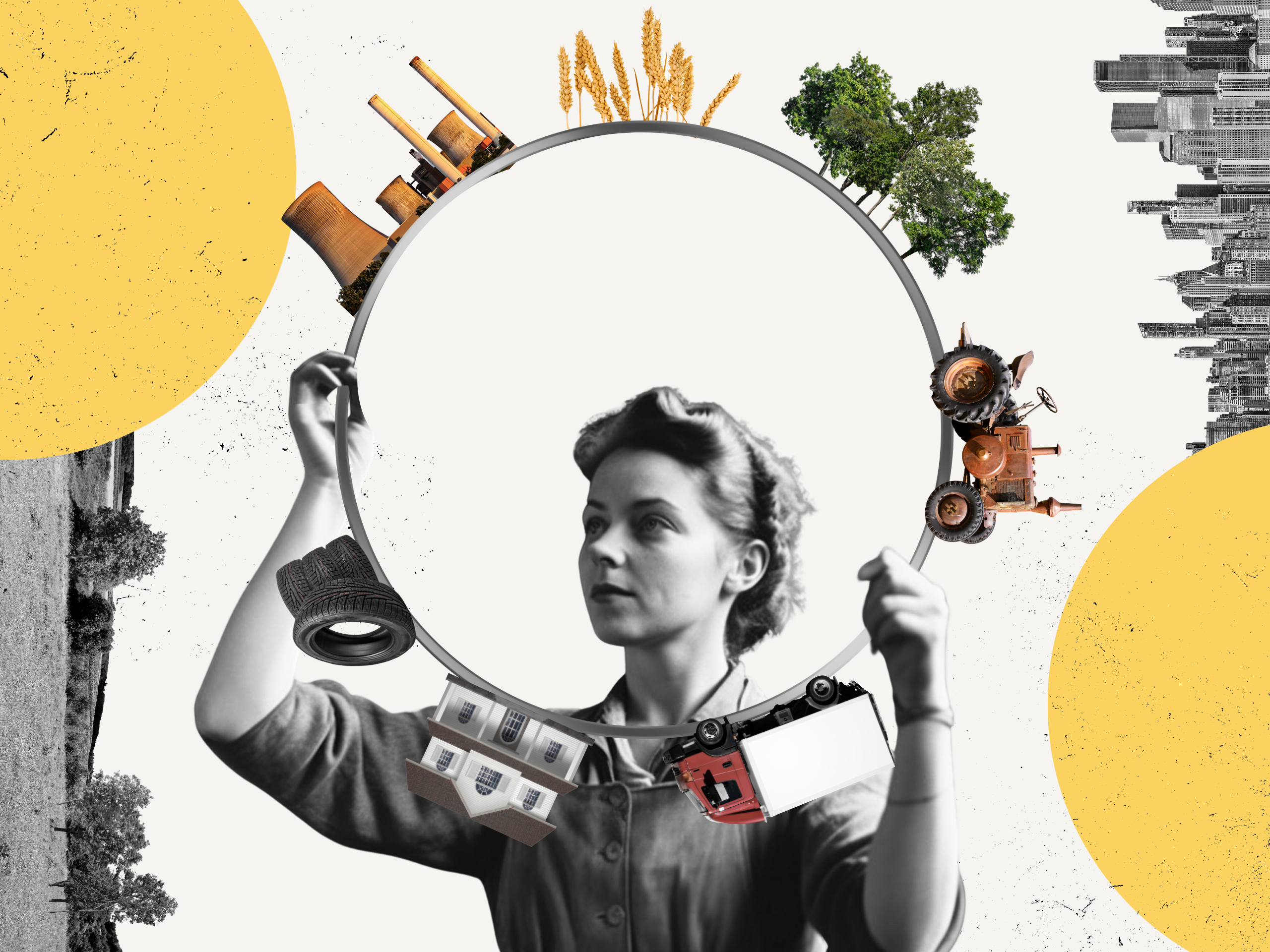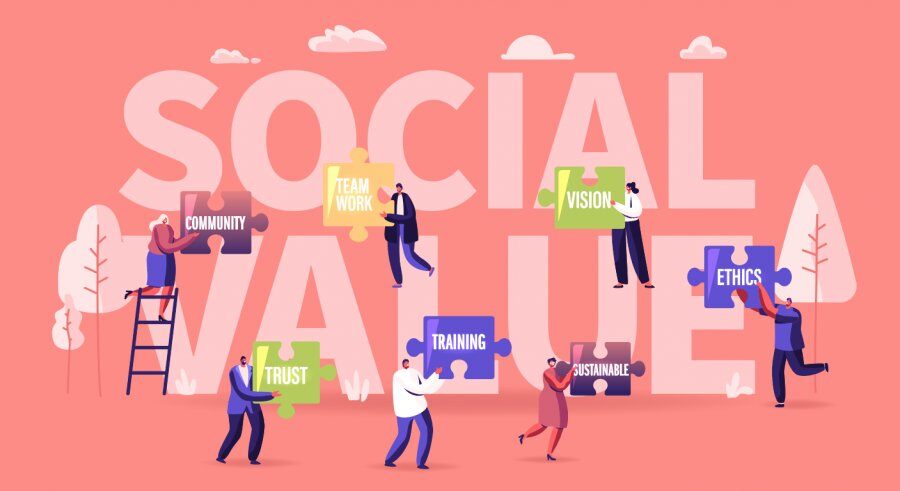
Imagine an economy where resources are used, but not used up. Where innovative business strategies keep products, components, and materials circulating within the system, both during and after their use. And where harmful waste is minimised to the greatest extent possible.
Welcome to the circular economy.
What is the Circular Economy?
The term “circular” contrasts with the traditional “linear” economy, where products are made, used, and then discarded. While recycling has modified the linear economy by adding some reuse and reducing waste, a truly circular economy goes much further. It creates a virtuous cycle that includes making, returning, repairing, refurbishing, reusing, and recycling products.
Benefits of a Circular Economy
A circular economy offers numerous benefits:
- Transforming the Throwaway Economy: By eliminating waste and pollution and recirculating resources, it transforms today’s throwaway culture.
- Addressing Climate Change and Biodiversity Loss: It tackles these critical issues simultaneously.
- Decoupling Economic Growth from Resource Consumption: It separates economic growth from the consumption of natural resources.
- Creating Jobs and Prosperity: It generates new jobs, enhances general prosperity, and boosts overall resilience, while significantly reducing greenhouse gas emissions, waste, and pollution.
- Sustainable and Competitive Business Models: labour-intensiveIt fosters new business cases that are both sustainable and competitive.
Why Now?
The circular economy addresses a modern problem by reviving an ancient tradition. Historically, economies were largely circular, with local trade and minimal waste due to the scarcity and labour-intensive nature of resources and goods.
In contrast, today’s linear economy involves extracting raw materials from resource-rich countries, transporting them to manufacturers, and processing them into products. These products are then shipped, often over long distances, to where they are used and eventually discarded.
In a linear economy, waste is prevalent. For instance, only about 9% of all virgin materials entering the global economy each year are recycled, meaning over 90% are discarded.
While the linear economy has brought many advancements, such as powerful smartphones and sophisticated vehicles, it is proving unsustainable. For example, the demand for copper, essential for electronics and renewable energy, is projected to exceed 53 million metric tons annually by 2050, surpassing the total consumption from 1900 to 2021.
The linear economy’s impact is evident in worsening air and water pollution, extreme weather patterns, and inequitable labour conditions. Clearly, a shift is necessary to achieve crucial climate and environmental goals, and a competitive global circular economy is essential.
Countering ‘Born-Circular’ Competitors
The circular economy is not only about saving the planet but also about saving your business. By the 2030s, the circular economy will dominate, with ‘born-circular’ companies leading the way. These organisations will integrate circularity into every step of product life and usage cycles.
Just as ‘born-digital’ companies disrupted traditional businesses, ‘born-circular’ start-ups will challenge market leaders stuck in the linear economy. Linear-economy incumbents must adopt circular-economy business models or risk obsolescence.
Summary
The circular economy envisions a system where resources are used efficiently and sustainably, minimizing waste and pollution. Unlike the traditional linear economy, which follows a make-use-dispose pattern, the circular economy emphasises continuous reuse, repair, and recycling of products and materials. This approach not only addresses environmental challenges like climate change and resource depletion but also fosters economic growth, job creation, and business innovation. As we move towards a more sustainable future, adopting circular economy principles will be crucial for both environmental and economic resilience.



